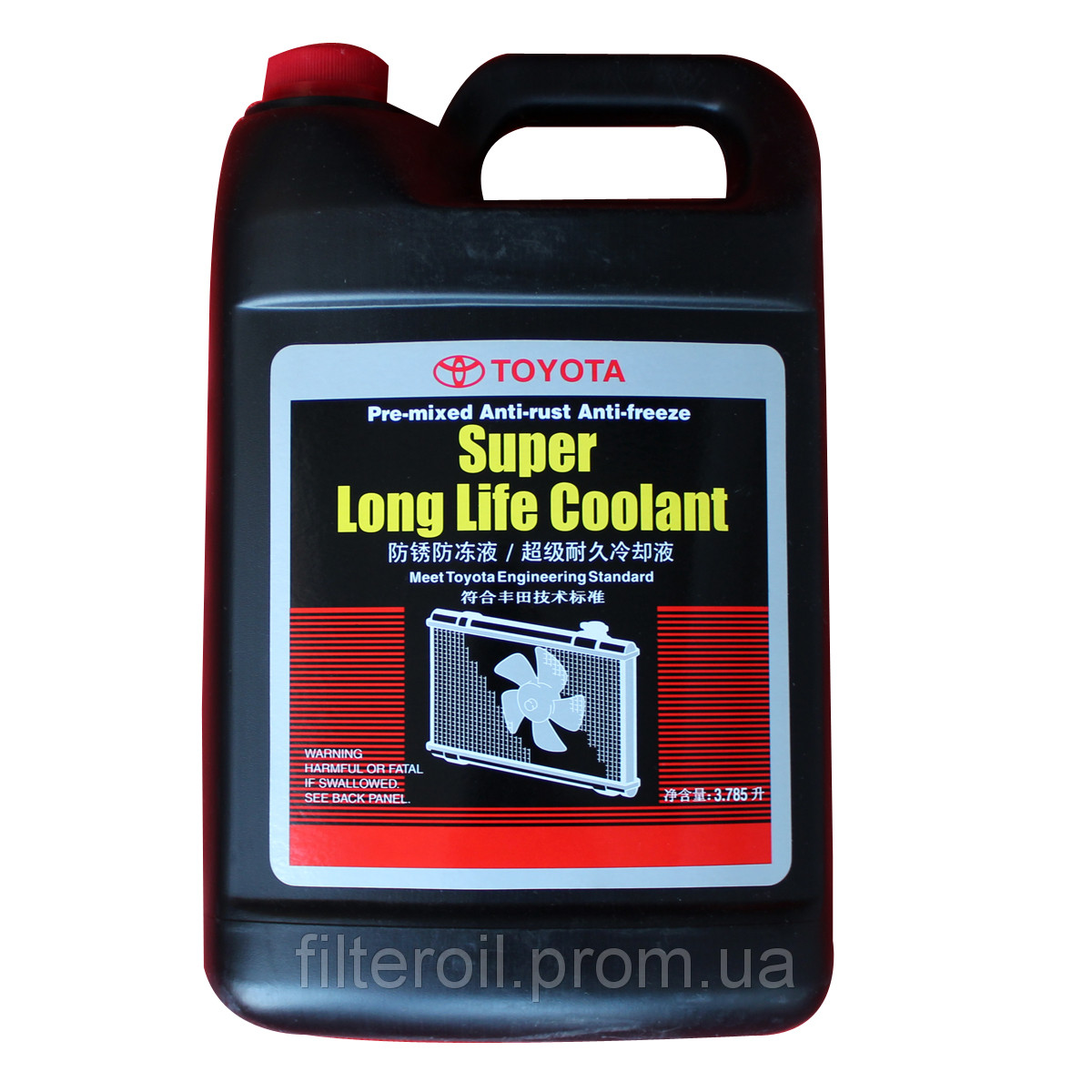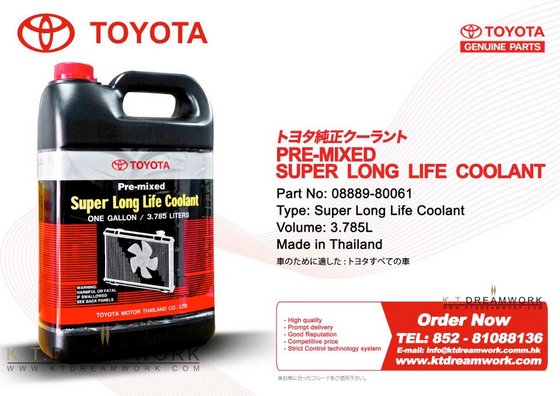

OAT-based coolants are usually (but not always) dyed a different color to distinguish them from traditional North American green antifreeze. OAT stands for Organic Acid Technology, and includes such ingredients as sebacate, 2-ethylhexanoic acid (2-EHA) and other organic acids, but no silicates or phosphates (except in the case of Toyota’s pink extended life coolant which adds a dose of phosphate to its extended life OAT-based antifreeze). For example, OAT coolants should not be used in a vehicle that specifies the use of a hybrid OAT coolant.īut the short-lived nature of the corrosion inhibitors means this type of coolant should be changed every two to three years or 30,000 miles (though some products now claim a service interval of up to 50,000 miles with improved chemistry). The fast-acting silicate and phosphate corrosion inhibitors provide quick protection for bare iron and aluminum surfaces, and have a proven track-record of providing trouble-free service in virtually any vehicle application (domestic, Asian or European), assuming the chemistry is correct. Traditional North American "green" antifreeze, the original formula that everybody used until the introduction of today’s extended-life coolants. There are essentially three basic types of coolants: The more we get into the specifics of each type of coolant, the more confusing the whole discussion becomes – so we’re only going to tell you what’s really worth knowing with respect to the different types of antifreeze. What’s more, colors can change if somebody tops off the system with a different coolant. You can’t simply go by the color of the dye in the coolant because two coolants with similar colors may have different chemistry, and two coolants with different colors may have similar chemistry. For example, Ford and Chrysler specify hybrid OAT-only coolants. It’s important to always use the coolant chemistry recommended in the vehicle owner’s manual. These requirements are usually spelled out in the vehicle owner’s manual, and/or a decal or label on the coolant reservoir. Been running it for years in several of our vehicles and family's vehicles.We’re not going to summarize the whole laundry list of OEM coolants and colors here except to say each vehicle manufacturer has its own unique coolant specifications based on corrosion protection requirements, service life and chemical compatibility. The only Toyota the Zerex isn't in is my wife's '19 Corolla. My rig is 5.5 years old and I've done 2 DAFs in the last couple of years. I personally just don't like mixing different colors just because it's messier looking. With that in mind, it's better to stick with OE or Zerex Pink juice to keep the color consistent.though the color itself isn't that important. In my opinion catching coolant early and doing a simple drain and fill (DAF) on the radiator every couple of years will thwart most internal rot. No worries 's compatible with SLLC regardless of what people say. As for how long it can last? Generally speaking SLLC is around 5 years/100k miles.though some models are reported to call for 10 year/150k. But it does need to changed once in awhile to maintain proper corrosion protection. Most people just don't think about coolant.

Click to expand.Time and mileage both play a factor.


 0 kommentar(er)
0 kommentar(er)
